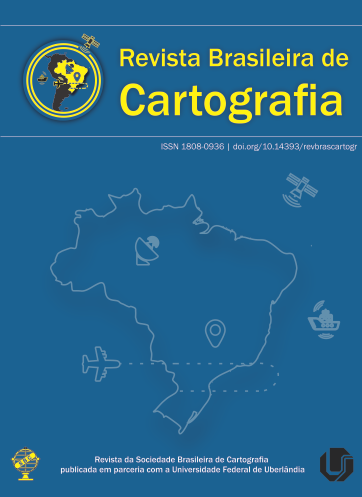Modeling of geodynamic effects affecting tide and GNSS measurements
Main Article Content
Abstract
Studies of the different types of tides have become more important because of their application in the precise determination of the orbit of artificial satellites and in the maintenance of the precise coordinates of Global Navigation Satellite System (GNSS) stations. This research provides the modeling of some geodynamic components that directly influence the solidity of the GNSS and tide stations, as well as inserting errors in the accurate determination of the Mean Sea Level (MSL). Using the Precision Point Positioning (PPP) approach to verify the crustal displacement and the modeling of the earth Tide and ocean tide load, the objective of this work is to analyze and quantify each of the geodynamic forces that act in the tide gauge and the GNSS station RBMC-NEIA. The models analyzed for the ocean tide load and the earth tide, as well as the crust displacement, are in agreement with the geodynamic influence applied to the station and the tide gauge, where it is verified that they have little vertical movement and the MSL maintains a low variation, increasing gradually over time.
Downloads
Metrics
Article Details
Authors who publish in this journal agree to the following terms:
- Authors retain copyright and grant the journal right of first publication with the work simultaneously licensed under a Creative Commons Attribution License that allows others to share the work with an acknowledgment of the work's authorship and initial publication in this journal.
- Authors can enter into separate, additional contractual arrangements for the non-exclusive distribution of the journal's published version of the work (e.g., post it to an institutional repository or publish it in a book), with an acknowledgment of its initial publication in this journal.
- Authors are permitted and encouraged to post their work online (e.g., in institutional repositories or on their website) before and during the submission process, as it can lead to productive exchanges, as well as earlier and greater citation of published work (see "The Effect of Open Access").





